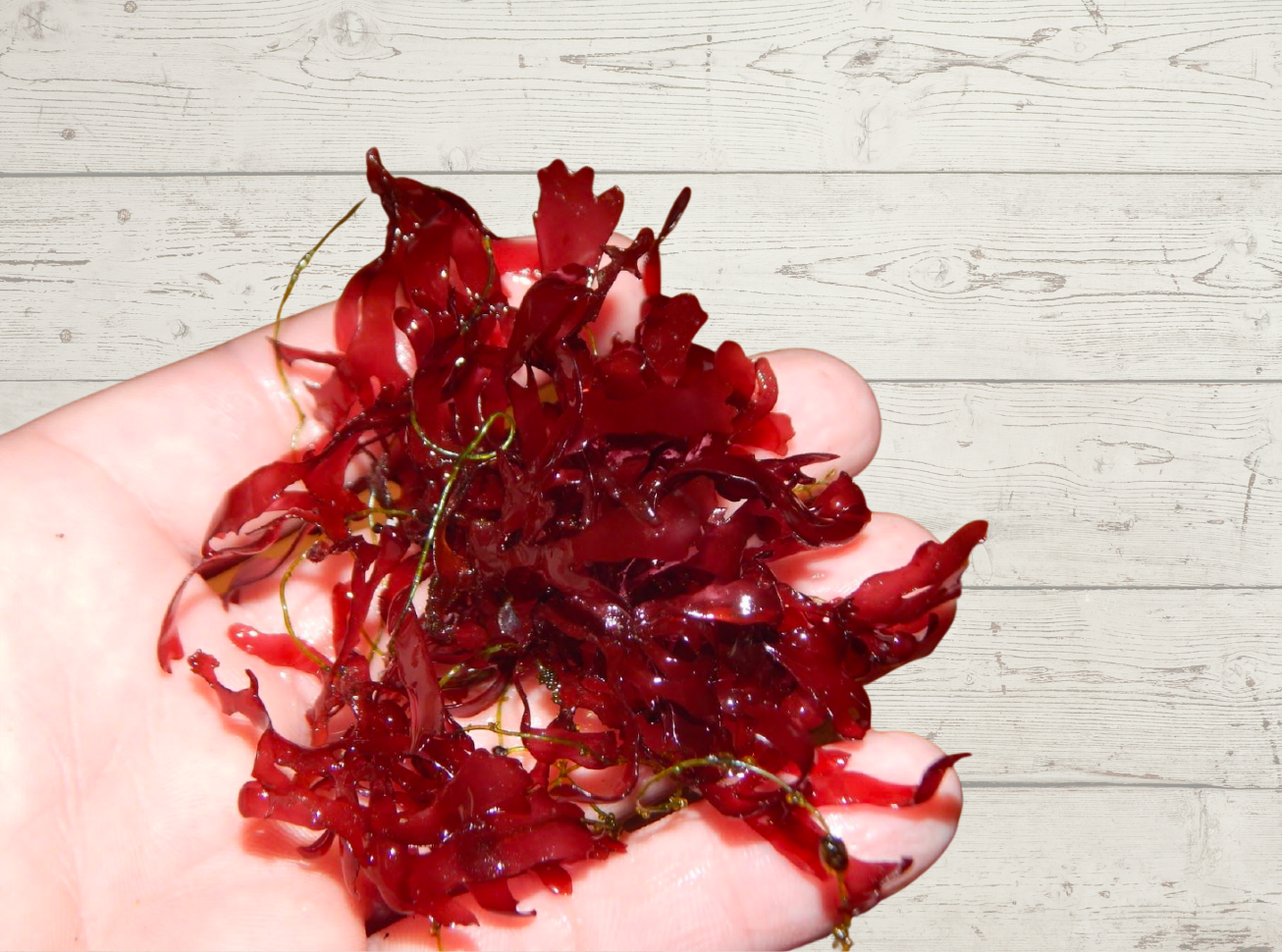BFCM 30% OFF ALL LIVE FEEDS
Every live feed is 30% off—Tisbe, Apocyclops, Rotifers, Phyto, and more. Limited-time BFCM deal!

The Earth’s Great Ecosystem thrives on the cycling of nutrients. The waste of one organism drives the production of another...allowing nutrients to remain in living tissue rather than building towards toxic excess.
Refugiums are a recognition that waste is most efficiently eliminated when it is used to create new beauty.
What is a Refugium?
Refugiums are a secondary tank which is accessory to a main display aquarium. They may also be modified sumps. They act to house species, such as macroalgae and copepods, which thrive on the waste of the display aquaria. They also have a plethora of additional benefits including natural food production, pest reduction and increased display space. Every single aquarium relies on nutrient cycling in order to function. The most stable aquariums find a way to reconcile the biological function with aesthetic appeal. Excess nutrients (nitrates and phosphates) must be kept in check in reef aquaria because many corals require ‘clear’ (low-nutrient) seawater in order to survive. In contrast, many opportunistic algae species thrive in moderate-high nutrient conditions--and thus, are frequent and unwelcome pests in most tanks. Keeping nutrients low can be very difficult, even when feeding very little to your fish and corals. Corals also require minor levels of nutrients to photosynthesize, so the idea is buffering nutrient concentrations so that they stay within low but stable levels. Refugiums act to provide such buffering as the organisms they house thrive off excess nutrients, exhausting them before they can return to the reef tank. In short, refugiums act as a directly designed nutrient sink...a daring fusion between filtration and display aquaria.
Every single aquarium relies on nutrient cycling in order to function. The most stable aquariums find a way to reconcile the biological function with aesthetic appeal. Excess nutrients (nitrates and phosphates) must be kept in check in reef aquaria because many corals require ‘clear’ (low-nutrient) seawater in order to survive. In contrast, many opportunistic algae species thrive in moderate-high nutrient conditions--and thus, are frequent and unwelcome pests in most tanks.Keeping nutrients low can be very difficult, even when feeding very little to your fish and corals. Corals also require minor levels of nutrients to photosynthesize, so the idea is buffering nutrient concentrations so that they stay within low but stable levels. Refugiums act to provide such buffering as the organisms they house thrive off excess nutrients, exhausting them before they can return to the reef tank. In short, refugiums act as a directly designed nutrient sink...a daring fusion between filtration and display aquaria.
Does a refugium cost more than a regular sump?---Not really, you'll need to have a light source and ensure you have adequate flow, some people prefer high flow while others select to use a low steady flow move through their refugium. But is it not better to have a second tank full of beautiful macro algae and pods, than any tank loaded with excess nutrients and hair algae?
Nature shows us that complexity is the path to greatest stability, which is why the best refugiums encourage the growth of as many species as possible, so that they may absorb as many different kinds of waste as possible.
Major Players in the Refugium
Copepods ( Tigriopus , Tisbe , Apocyclops etc.)
Macroalgae ( Chaetomorpha , Gracilaria , Halymenia , Ulva )
Coralline Algae
Inverts (Peppermine shrimp, bivalves, sea cucumbers, urchins, feather dusters, etc).
Movement Towards Display Refugiums
Many species can be stocked into a refugium for both functional and aesthetic purposes. In nature, several awesome ecosystems act as nutrient sinks for wild reefs. These include vast seaweed beds, mangrove forests and tidal pool complexes. Such habitats are home to hobby favorites such as mandarin dragonets. These species do well in moderate-high nutrient conditions and can become showpieces worthy of designing ‘refugium-scapes’ around.
The conventional refugium today is a ball of Chaetomorpha half-hazardly thrown into a sump. However, so much more can and should be done to better explore the aesthetic possibilities of refugiums. Refugiums which mimic mangrove forests and seaweed gardens have already been done with impressive results. These are only the early foreshadowings of future exciting innovation. As more and more reefers recognize the utility of refugiums, they also realize just how much darn fun they are! Think about it….it’s a second aquarium….with an entire new set of critters which can be included to stabilize and beautify it...this concept will only persist as the worldwide hobby pushes it to its very limits...designing ever more complex and beautiful natural systems for which to naturally stabilize their beloved reefs.
Summary of the Benefits of A Well-Structured Refugium